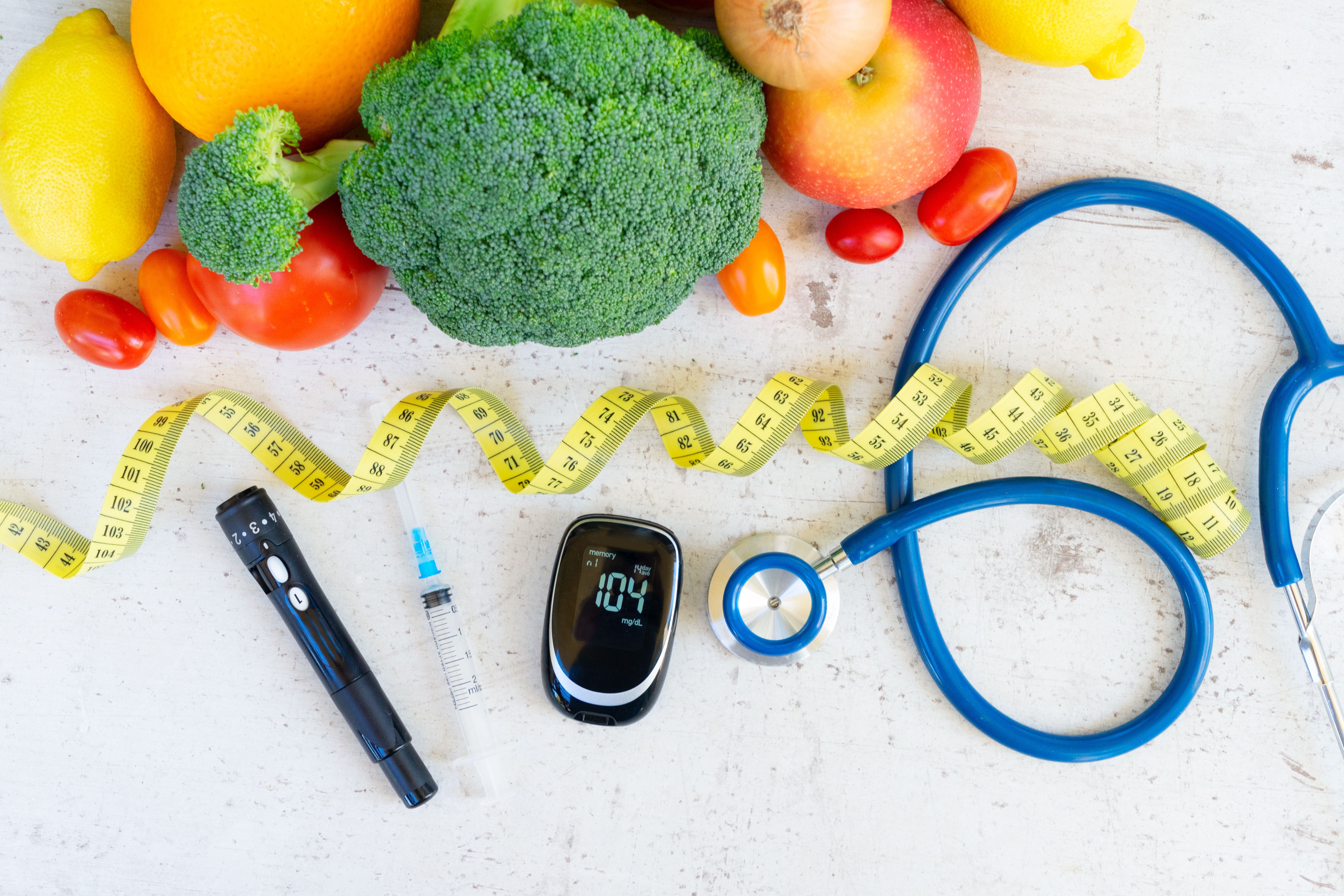Article
How Fiber Helps Prevent Colon Cancer
Author(s):
It is important that pharmacists know the real deal about this mainstay of a healthy diet.
Having lost someone near and dear to me to colon cancer, I strive to spread awareness on preventing this potentially fatal condition.
Excluding skin cancer, colorectal cancer is the third-most-common cancer diagnosed in both men and women in the United States. For 2018, it is projected that there will be more than 140,000 new cases of colorectal cancer and more than 50,000 deaths from the disease.1,2
In terms of screening methods, the gold standard is to get a colonoscopy starting at age 50 and then every 10 years after that, should the results be normal.3 To learn more about prevention methods, see the US Preventive Services Task Force (USPSTF) recommendations on screening for colon cancer.4
So, how can colon cancer be prevented in the first place? One of the best ways to maintain a clean and healthy colon and digestive tract is to get enough dietary fiber.5 But there is a lot of misinformation out there about fiber.
What Is Fiber?
Dietary fiber is non-starch complex carbohydrates found in plant foods. There are 2 types: soluble and insoluble.
Soluble Fiber
This type of fiber dissolves in water to form a gel, which promotes delayed emptying and satiety. Soluble fiber is easily digested in the colon, which can unfortunately cause bloating and gas. Soluble fiber is often associated with cardiovascular and diabetes prevention and colon health, because of the effect that it has on lowering both blood cholesterol and glucose levels. It does this in 2 ways. First, soluble fiber is fermented to short-chain fatty acids, which are absorbed and metabolized by the liver for bile synthesis. Second, though fiber passes through the body undigested, the result of this production contributes 1.5 to 2.5 kcal/gram, so fiber is not entirely "free."
Soluble-fiber sources include apples, barley, citrus fruits, husks, legumes, oats, rye, and many vegetables, such as broccoli and carrots.
Insoluble Fiber
This type of fiber does not dissolve in water and is much less fermentable or gassy. It promotes bowel movements by adding bulk and water to stool, creating a softening action in the digestive system.
Insoluble-fiber sources include brown rice, fruits, legumes, seeds, vegetables such as Brussel sprouts and cabbage, and wheat bran.
Fiber supplements that may be recognizable to pharmacists include gums, inulins, lignins, pectins, and psyllium husk.
Net Carbs and Free Fiber
Net carbs is a term seen often in the marketing of low-carb foods. Low net carbs are not necessarily low carbs.
How Are Net Carbs Calculated?
On a food label, the value for “net carbs” is calculated from a food source by subtracting fiber and sugar alcohols from total carbs. Keep in mind that claims about carb content that appear outside food packaging have not been evaluated by the FDA. Essentially the idea of net carbs is made up by food companies to draw the attention of dieters and make the food more appealing. Low net carbs may be confused for low carb overall by some.
Meanwhile, sugar alcohols, which are most often listed on the nutrition labels of protein bars and sugar-free” diabetic foods, can raise blood sugar, albeit much lower, so that they still need to be counted as carbs (~2kcal/gram). Just because something does not cause an insulin response does not mean that it is necessarily calorie-free. As a side note, when eating foods that contain sugar alcohols, proceed with caution, as too much of these can have a laxative effect or cause other gastrointestinal (GI) disturbances.
Examples of sugar alcohols include sorbitol, xylitol, or basically anything on a sugar-free food label ending in "-tol."
How Much Fiber?
Aim for daily amounts of 25 to 35 grams generally used or a ratio of 14grams/1000kCal consumed. When it comes to fiber more is not necessarily better, so do not overdo it. Too much high fiber can be disruptive, affecting mineral absorption and GI distress.
Kevin Brunacini, MSN, NP, contributed to this article. He is a licensed and certified family nurse practitioner, a personal trainer, and operates a weight loss consulting practice, The Diet Doc.
References
1. American Cancer Society. Key statistics for colorectal cancer. cancer.org/cancer/colon-rectal-cancer/about/key-statistics.html. Updated February 21, 2018. Accessed April 13, 2018.
2. National Cancer Institute. Cancer stat facts: colorectal cancer. seer.cancer.gov/statfacts/html/colorect.html. Accessed April 13, 2018.
3. CDC. Colorectal cancer statistics. cdc.gov/cancer/colorectal/statistics/index.htm. Updated March 19, 2018. Accessed April 13, 2018.
4. US Preventive Services Task Force. Screening for colorectal cancer. US Preventive Services Task Force recommendation statement. JAMA. 2016;315(23):2564—2575. doi:10.1001/jama.2016.5989
5. Whitney EN, Rolfes SR. Understanding Nutrition. 14th ed. Belmont, CA: Wadsworth Publishing; 2015.
Newsletter
Stay informed on drug updates, treatment guidelines, and pharmacy practice trends—subscribe to Pharmacy Times for weekly clinical insights.






